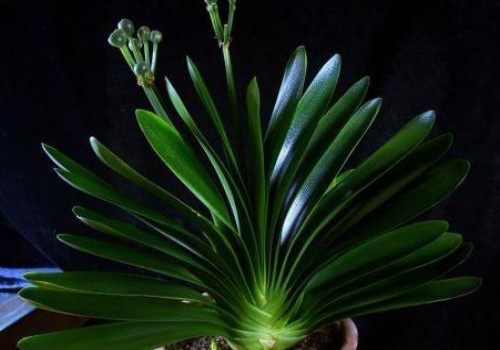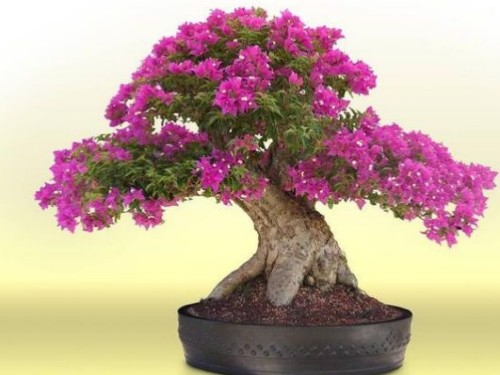What if the orchid is infected with anthrax?
In everyone's impression, family potted Magnolia is more difficult to raise, especially in the case of plant infection caused by improper maintenance and management. It may be easier to deal with common diseases, but if potted Magnolia is infected with anthracnose, we need to pay enough attention to it. So, what if the orchid is infected with anthrax? Today, the editor will illustrate and share the corresponding solutions for you.

This is a pot of magnolia bought in the flower market last year, but not long after buying it back, the editor found that it had anthracnose. At that time, I cut off its diseased leaves and sprayed it with medicine. But before long, it relapsed again, so I cut leaves and sprayed medicine. Unfortunately, this happens again and again. Now, I have no choice but to use tough tricks.
1. I will first sterilize the artist's knife with fire. Some flower friends vividly compare anthrax to "plant cancer." I don't think this is too much. Do you have a good way to deal with it?
2. Give a sharp knife where the root of the infected gentleman orchid goes up a little bit. Generally speaking, this knife should be relatively clean and thorough and neat, leaving only a few piles on the soil layer.
3. After the aboveground part of the orchid is removed, the wound is originally smeared with some plant ash to sterilize and disinfect, so as to prevent the bacteria from invading and the juice from seeping out at the same time.
This trick is called beheading and budding. If there is no anthracnose in the plant, the plant is still expected to grow new buds, or even sprouts!
For orchids with rotten heart and rotten leaves, this method can usually be used to save them so as to avoid complete plant death.
However, if the pathogen of anthracnose still exists in the plant, even if we follow the above methods, it is usually futile. In that case, we should completely give up on this gentleman orchid, and there is no need to waste time on it.
4. After beheading the magnolia, the maintenance and management can not be carried out in accordance with the previous practice. Generally, it is necessary to keep the environment dry, and the basin soil only needs to be slightly moist. Because if you give a flood, it is often easy to cause rotten roots, and the cut section left after beheading can not be soaked.
In addition, do not put it in a place with strong light for maintenance, but generally put it in a relatively cool place for management. What we need to do after that is to wait for it to germinate and regain its vitality.
Time: 2019-05-28 Click:
- Prev

The reason why potted Magnolia doesn't bloom
As we all know, if family potted magnolia has been cultivated for only 1-2 years, it is usually impossible to blossom. But if it still does not blossom after 3-4 years, then there must be a reason. Next, the editor will tell you why the magnolia does not blossom. Adequate nutrition
- Next

How does the triangle grow thick stems?
Bougainvillea is a kind of flower plant with large flowers and gorgeous colors, which is very suitable for family potted cultivation. However, if we can raise its trunk thick and cultivate a stump bonsai, it will certainly greatly improve the viewing effect. As we all know, flowering evergreen tree stump bonsai, generally not only can view flowers
Related
- Fuxing push coffee new agricultural production and marketing class: lack of small-scale processing plants
- Jujube rice field leisure farm deep ploughing Yilan for five years to create a space for organic food and play
- Nongyu Farm-A trial of organic papaya for brave women with advanced technology
- Four points for attention in the prevention and control of diseases and insect pests of edible fungi
- How to add nutrient solution to Edible Fungi
- Is there any good way to control edible fungus mites?
- Open Inoculation Technology of Edible Fungi
- Is there any clever way to use fertilizer for edible fungus in winter?
- What agents are used to kill the pathogens of edible fungi in the mushroom shed?
- Rapid drying of Edible Fungi

